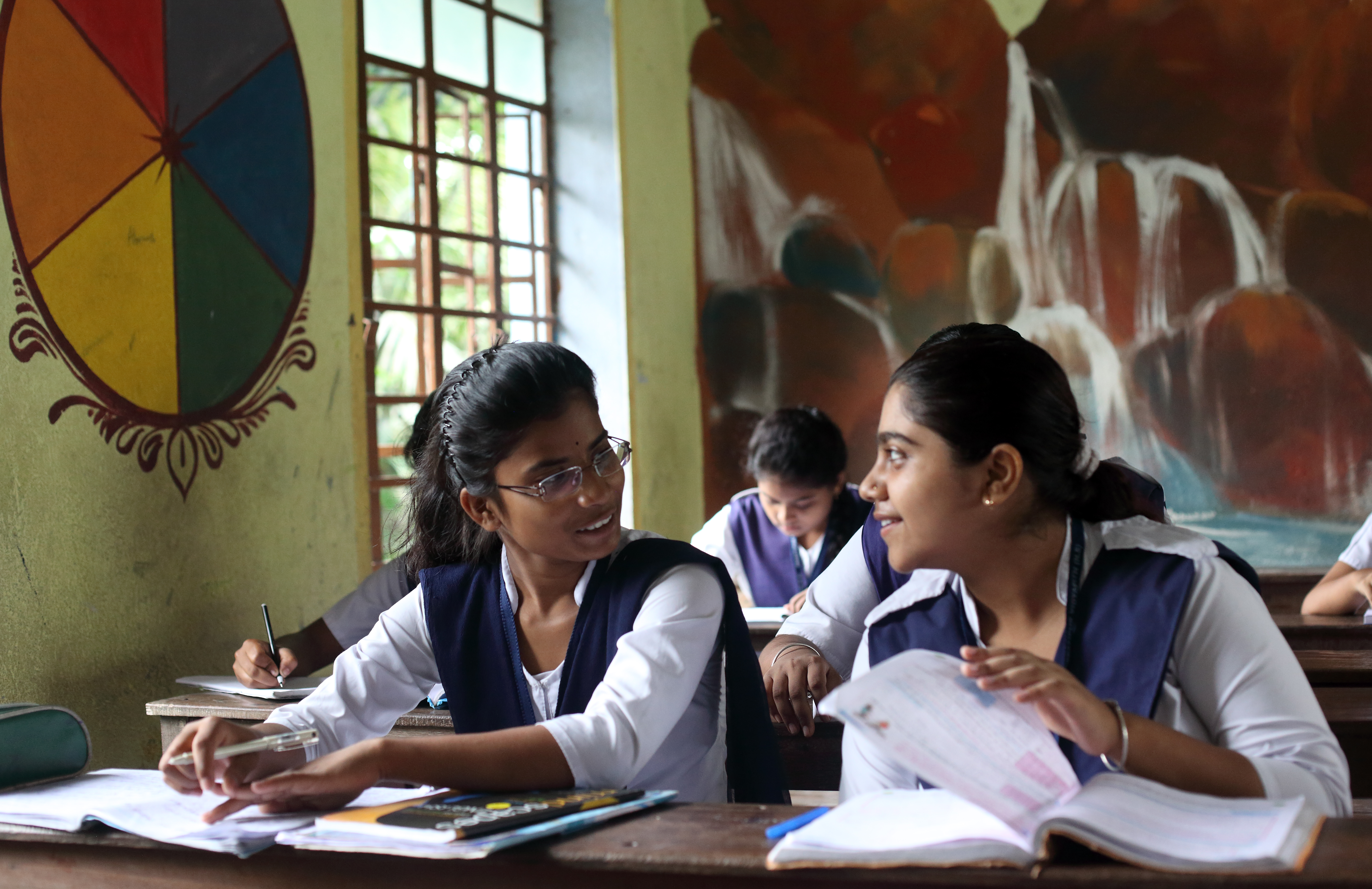Georgia education fact sheets
Analyses for learning and equity using MICS data

UNICEF launched the MICS-Education Analysis for Global Learning and Equity (MICS-EAGLE) Initiative in 2018 with the objective of improving both learning outcomes and equity issues in education by addressing two critical education data problems: data gaps and lack of data utilization. An important characteristic of these fact sheets is profiling. Profiling illustrates the demographic and socioeconomic characteristics of children in a certain category. It also answers questions such as “what percentage of a key population group is male and what percentage is female” or “what percentage of a key population group lives in rural and what percentage lives in urban areas”.
For example, a profile of children not completing upper secondary education will show the main characteristics of children in the key population group for this indicator. As upper secondary completion rates look into children aged 3–5 years older than the entry age for children for the last grade of upper secondary school, which is 17 years-old, the target population will be children aged 20–22 years who have not completed primary education. In Georgia, 55 per cent of children of the key population group not completing upper secondary education are male, therefore 45 per cent have to be female. In turn, 51 per cent of children of the target population not completing upper secondary education live in rural areas, therefore 49 per cent live in urban areas.


